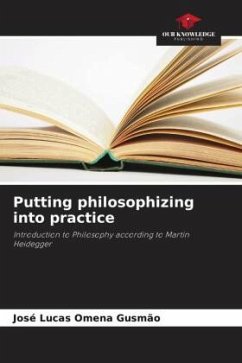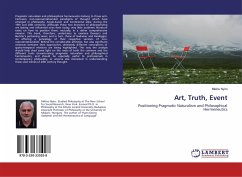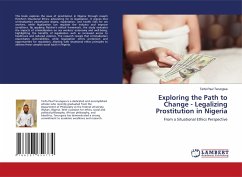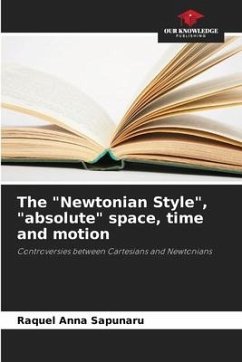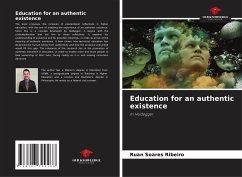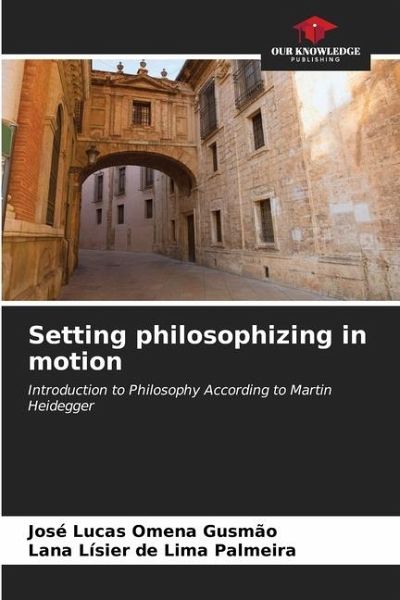
Setting philosophizing in motion
Introduction to Philosophy According to Martin Heidegger
Versandkostenfrei!
Versandfertig in 6-10 Tagen
36,99 €
inkl. MwSt.

PAYBACK Punkte
18 °P sammeln!
For the German philosopher Martin Heidegger, "Setting Philosophy in Motion" is only possible through an event in the internal structures of the human being-there. Since "Setting Philosophy in Motion" is a passer-by on the paths of tradition, how do we reach it within the human being-there? It is from this perspective that we have appropriated Martin Heidegger's concept of "Introduction to Philosophy" in order to reflect on the problems surrounding the path of philosophy as a genuinely human activity, clarifying and enunciating it. Philosophy shows itself in orderly flows, so that, during its j...
For the German philosopher Martin Heidegger, "Setting Philosophy in Motion" is only possible through an event in the internal structures of the human being-there. Since "Setting Philosophy in Motion" is a passer-by on the paths of tradition, how do we reach it within the human being-there? It is from this perspective that we have appropriated Martin Heidegger's concept of "Introduction to Philosophy" in order to reflect on the problems surrounding the path of philosophy as a genuinely human activity, clarifying and enunciating it. Philosophy shows itself in orderly flows, so that, during its journey, it refuses and transposes certain concepts related to discursive criteria. This work, whose theme is "Putting philosophizing into motion: Introduction to Philosophy according to Martin Heidegger", seeks to read Heidegger's work, in particular the texts "What is This - Philosophy?", "Introduction to Philosophy", "The End of Philosophy", "Letter on Humanism", "Being and Time", "Heraclitus: the origin of Western thought", as well as a dialogue with specialized Heideggerian literature.



